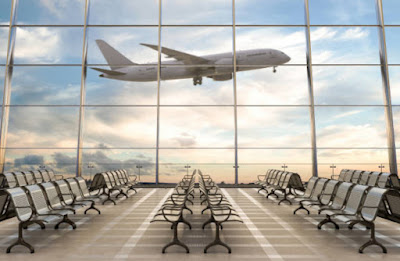Life happens, Cocoa helps

Cocoa & its Origin Cocoa Pod Cocoa was first developed as a crop in many ancient South American cultures , with the Aztecs and Mayans being the most well-known of these indigenous populations. Researchers have found evidence of cocoa-based food dating back several thousand years The Mayan civilization worshiped the cocoa tree and gave it the Latin name Cocoa which means “Food of the Gods.” It was used for many different purposes. The Mayans created a ritual beverage made from ground cocoa beans, vanilla beans and other spices. It was shared during betrothal and marriage ceremonies. Market Share of Natural Beverages Tea leads the pack with a market share of USD 65 billion followed by Coffee 34.02 and Cocoa with a market share of $ 12.3 . The global cocoa and chocolate market is projected to grow from $48.29 billion in 2022 to $67.88 billion by 2029, at a CAGR of 4.98% . Europe dominated the market and its share stood at USD 19.5 Billion because of many chocolate producers and lar


